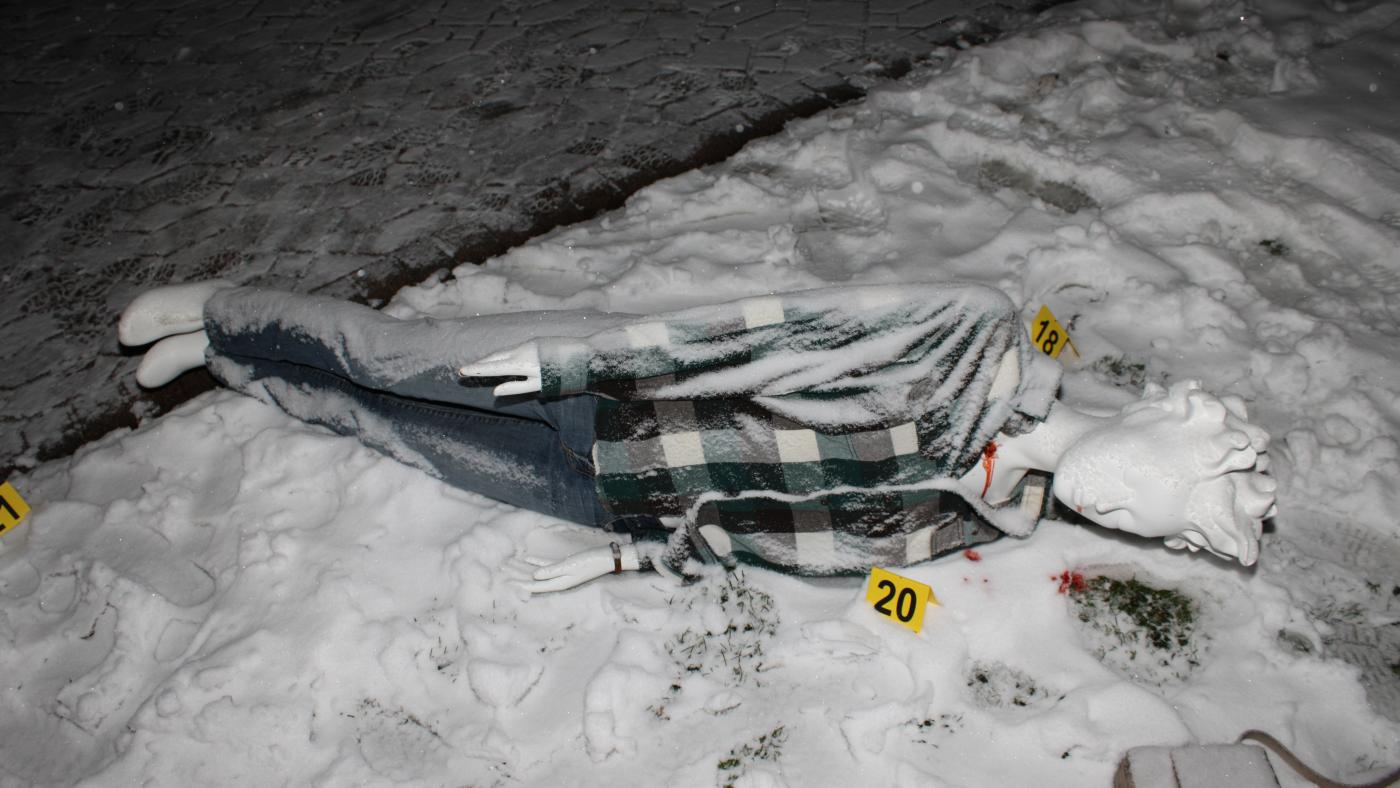The question of whether crime scene photos are considered public records has sparked considerable debate among legal experts, law enforcement agencies, and the general public. As society grapples with issues of transparency, privacy, and the public's right to know, the accessibility of these often graphic images poses ethical dilemmas and legal challenges. This article delves into the nuances of this topic, examining the various factors that influence the public record status of crime scene photos and the implications for all stakeholders involved.
Crime scene photos serve as crucial pieces of evidence in criminal investigations, shedding light on the circumstances surrounding a crime. However, their graphic nature raises questions about the appropriateness of public access to such images. In various jurisdictions, the laws governing public records can differ significantly, leading to confusion about what is available to the public. Understanding these legal frameworks is essential for navigating the complexities of crime scene photo accessibility.
As we explore the multifaceted issue of whether crime scene photos are public records, we will consider the perspectives of law enforcement agencies, victims' families, and advocates for transparency. Key factors such as state laws, the purpose of the records, and the potential for harm or benefit to the public will be examined. By the end of this article, readers will gain a clearer understanding of the status of crime scene photos in the realm of public records.
What Defines Public Records?
Public records are documents or pieces of information that are not considered confidential and are maintained by government agencies. They are generally accessible to the public, allowing for transparency in government operations. The definition of public records varies by state, impacting how crime scene photos are classified.
Are Crime Scene Photos Considered Public Records?
The classification of crime scene photos as public records is contingent upon several factors, including state laws and the context of the request for access. Generally, crime scene photos may be deemed public records, but there are exceptions based on privacy concerns and ongoing investigations.
What Factors Influence the Accessibility of Crime Scene Photos?
Several factors can influence whether crime scene photos are made public, including:
- The state’s specific public records laws
- The ongoing status of the investigation
- Privacy concerns for victims and their families
- The potential for the images to incite public outrage or distress
How Do State Laws Vary Regarding Crime Scene Photos?
Each state in the U.S. has its own laws governing public records, resulting in a patchwork of regulations regarding the accessibility of crime scene photos. Some states may allow for public access after a certain period has elapsed post-investigation, while others may impose strict limitations. Understanding these variations is crucial for anyone interested in pursuing access to such records.
Can Victims’ Families Prevent Access to Crime Scene Photos?
In some jurisdictions, victims' families may have the ability to restrict access to crime scene photos. This often depends on state laws and the specific circumstances surrounding the case. Advocacy groups push for victims' rights, emphasizing the need to balance transparency with compassion for those affected by crime.
What Are the Ethical Considerations Surrounding Crime Scene Photos?
The ethical implications of releasing crime scene photos are significant. Considerations include:
- The potential for re-traumatizing victims' families
- The public's right to know versus the need for privacy
- The impact of graphic imagery on public perception of crime
Are Crime Scene Photos Used in Legal Proceedings?
Crime scene photos frequently play a vital role in legal proceedings, serving as evidence to establish facts and support testimony. Their admissibility can depend on various factors, including how they were obtained and whether they meet evidentiary standards.
How Can the Public Obtain Crime Scene Photos?
For those interested in obtaining crime scene photos, the process typically involves filing a public records request with the appropriate law enforcement agency. However, it is essential to understand the specific laws and regulations in your state to navigate this process effectively.
What Are the Consequences of Public Access to Crime Scene Photos?
The public availability of crime scene photos can have both positive and negative consequences, such as:
- Promoting transparency in law enforcement
- Potentially sensationalizing crime
- Providing closure for victims' families through public awareness
Conclusion: The Future of Crime Scene Photos as Public Records?
As discussions around crime scene photos and their status as public records continue, it is clear that the issue is complex and multifaceted. Balancing the public's right to access information with the need for privacy and sensitivity towards victims and their families is an ongoing challenge. Understanding the laws governing these records and the ethical implications involved will be crucial as society navigates this delicate landscape.



